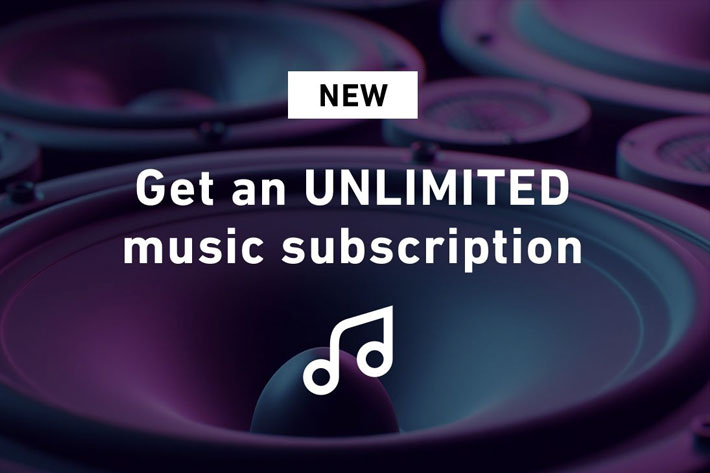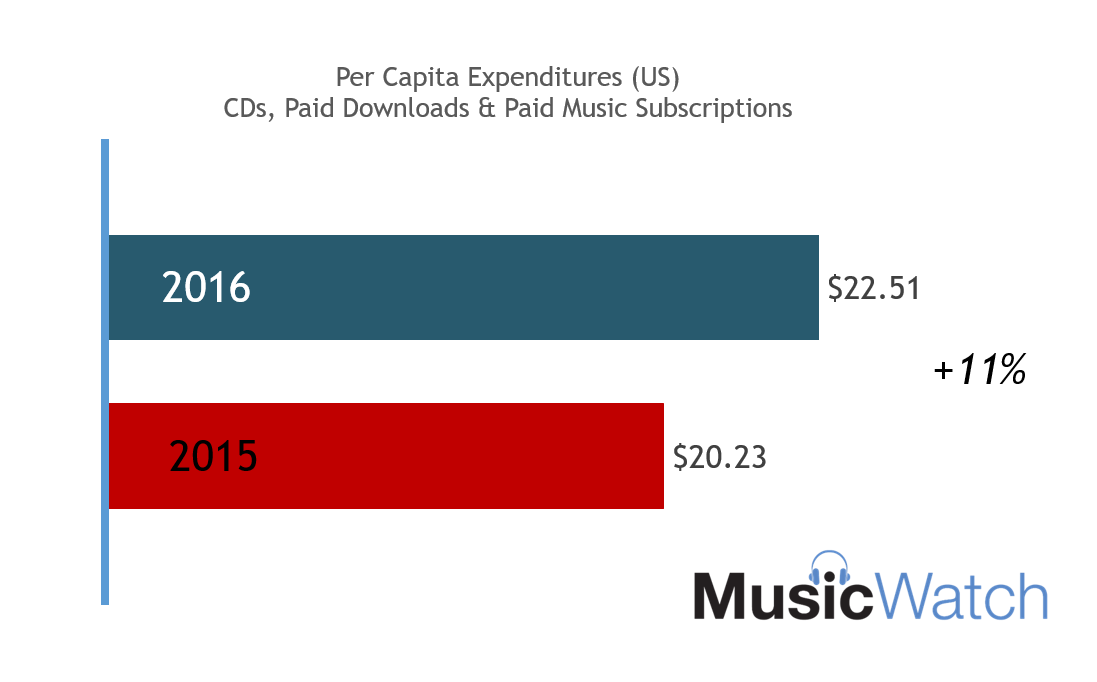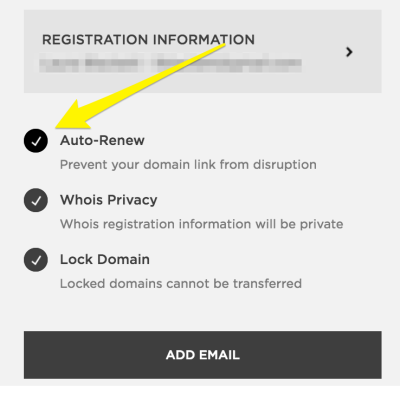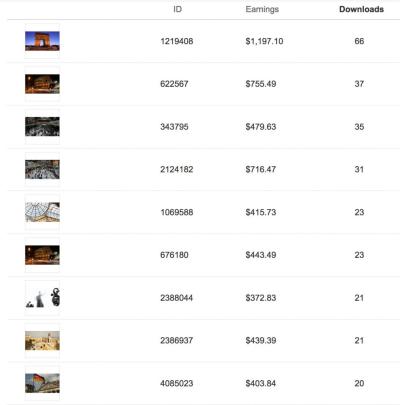If you’re a musician or composer looking to earn extra income by licensing your music, Shutterstock might just be the platform for you. Known primarily for its vast library of stock photos and videos, Shutterstock has also become a popular marketplace for music tracks. Their Music Contributor Program allows creators to upload original compositions and earn royalties whenever their music is downloaded or used in projects. The process is straightforward: sign up, submit your tracks, and wait for approval. Once accepted, you can start showcasing your music to a global audience. It’s a fantastic way to turn your passion for music into a steady revenue stream and reach people who truly need your sound.
Factors Influencing Earnings from Music on Shutterstock

Understanding how much Shutterstock pays for music contributions involves considering several key factors. First, the type of license purchased by the user plays a crucial role. Shutterstock offers different licensing options, such as standard and enhanced licenses, with enhanced licenses typically providing higher royalty payouts. Second, the territory of the buyer can influence earnings, as royalties may vary based on the buyer’s location and the licensing agreement terms.
Another significant factor is the popularity and quality of your tracks. Tracks that are well-produced, unique, and in-demand genres tend to generate more sales. Also, your contributor status impacts earnings; Shutterstock occasionally offers higher royalty rates to top contributors based on their sales volume and engagement.
Additionally, usage type affects payout. Music used in commercials or high-profile projects might earn more than background music in a simple video. It’s also important to note that Shutterstock’s royalty rates are structured in a tiered system, meaning the more your music sells, the higher your royalty percentage can become. Finally, understanding Shutterstock’s terms and keeping your portfolio updated with fresh, high-quality tracks can help maximize your earnings over time.
Payment Structure and Revenue Sharing Details

When it comes to earning money through Shutterstock as a music contributor, understanding how the payment system works is crucial. Shutterstock operates on a revenue-sharing model, which means you earn a percentage of the income generated whenever someone downloads or licenses your music tracks. But the exact amount you receive depends on several factors.
First, your earnings are influenced by your contributor level. Shutterstock has a tiered system that rewards contributors based on the number of downloads and overall performance. The more active and successful you are, the higher your payout percentage becomes. Typically, new contributors start at a base rate, which can be around 15-30% of the license fee, and it increases with your contribution milestones.
Another key aspect is the type of license purchased. Shutterstock offers standard and enhanced licenses, with the latter paying out more per download. As a contributor, your earnings per track will vary accordingly. For example:
| License Type | Approximate Payout Percentage | Notes |
|---|---|---|
| Standard License | 15-30% | Most common; suitable for typical uses |
| Enhanced License | 30-50% | For larger-scale or exclusive uses |
It’s also important to note that Shutterstock operates on a revenue pool basis. This means your earnings are a share of the total revenue generated from music sales, divided among all contributors. Therefore, as the platform’s overall sales increase, so does the potential payout.
Lastly, Shutterstock offers a payout threshold—usually around $35—meaning you need to accumulate this amount before you can withdraw your earnings. Payments are typically made monthly via PayPal or bank transfer, making it a straightforward process once your earnings surpass the minimum.
In summary, your earnings depend on your contributor level, license type, and overall platform sales. Staying active and producing high-quality music can help you maximize your share of the revenue pool.
How to Maximize Earnings as a Music Contributor
If you’re serious about earning more from your music contributions on Shutterstock, there are several strategies you can adopt to boost your income. Let’s dive into some practical tips that can make a real difference.
1. Upload Consistently and in Batches
Regularly adding new tracks keeps your portfolio fresh and increases the chances of one of your songs being licensed. Instead of uploading sporadically, aim for consistent batches—say, weekly or bi-weekly—to stay active and visible on the platform.
2. Focus on High-Quality, Versatile Tracks
High-quality recordings with professional production values attract more buyers. Also, create versatile tracks that can be used across various projects—think instrumental background music, corporate, ambient, or cinematic styles. The more usable your music is, the more licenses it will sell.
3. Optimize Metadata and Keywords
Properly tagging your music with relevant keywords and detailed descriptions helps potential buyers find your tracks. Use descriptive words related to mood, genre, instruments, and usage scenarios. The better your metadata, the higher your tracks rank in searches.
4. Study Market Trends and Audience Needs
Stay updated on trending music styles in media, advertising, and content creation. Creating tracks that align with current demands increases the likelihood of sales. Browse popular tracks on Shutterstock to see what styles are performing well.
5. Participate in Promotions and Exclusive Offers
Some platforms offer promotional opportunities or exclusive licensing options. While Shutterstock doesn’t require exclusivity, participating in exclusive collections or special promotions can boost visibility and sales.
6. Promote Your Music Outside Shutterstock
Share your tracks on social media, your personal website, or music forums. Building an audience can lead to direct licensing opportunities and increase your overall exposure.
In a nutshell, maximizing earnings requires a combination of quality content, strategic metadata, consistent uploads, and active promotion. Over time, these efforts can significantly enhance your revenue and establish you as a reputable music contributor on Shutterstock.
Tips for Uploading and Promoting Your Music on Shutterstock
Getting your music onto Shutterstock is just the beginning—making sure it gets noticed and earns you some income is where the real fun starts. Here are some practical tips to help you maximize your chances of success:
Optimize Your Metadata
Think of metadata as the secret sauce that helps your music get discovered. Use clear, descriptive titles and tags that accurately reflect your track’s style, mood, and instruments. For example, instead of just “happy music,” try “upbeat corporate background music with ukulele and percussion.” The more specific you are, the better your chances of matching searches from buyers.
Create High-Quality Previews
Shutterstock often uses short previews of your tracks for buyers to listen to before purchasing. Make sure these previews are high-quality, well-edited, and showcase the best parts of your music. A catchy intro or a compelling hook at the beginning can make all the difference in capturing a buyer’s interest.
Consistent Uploads
Regularly adding new tracks keeps your portfolio fresh and increases your chances of being featured or recommended. Think of it as building your reputation on the platform—more quality content means more opportunities for sales.
Engage with the Community
While Shutterstock doesn’t have a traditional community forum for contributors, staying active by updating your portfolio, responding to feedback, and monitoring trending styles can help you stay ahead of the curve. Also, follow Shutterstock’s guidelines and best practices to ensure your submissions meet their quality standards.
Promote Your Music Outside Shutterstock
Don’t rely solely on the platform to get noticed. Share your tracks on your social media channels, website, or email newsletters. Building your own audience can lead to direct sales or licensing opportunities outside of Shutterstock, which can supplement your earnings.
Monitor Your Performance
Use Shutterstock’s contributor dashboard to see how your music is performing. Pay attention to which tracks get the most plays and downloads, then consider creating more content in similar styles or moods. Data-driven decisions help you focus your efforts where they count.
Conclusion and Final Thoughts on Earning from Shutterstock Music Contributions
Contributing music to Shutterstock can be a rewarding way to turn your passion into a steady income stream. While it might not make you rich overnight, consistent effort, quality uploads, and smart promotion can significantly boost your earnings over time.
Remember, the key is to understand what buyers are looking for—whether that’s energetic corporate tracks, relaxing ambient sounds, or cinematic scores. By optimizing your metadata, maintaining high standards, and actively promoting your work, you’ll increase your chances of earning more from your music contributions.
Most importantly, stay patient and persistent. Building a solid portfolio takes time, but with dedication, you can develop a steady pipeline of income while doing what you love—creating music. So, keep experimenting, learning from your experience, and enjoy the journey of sharing your sound with the world!


